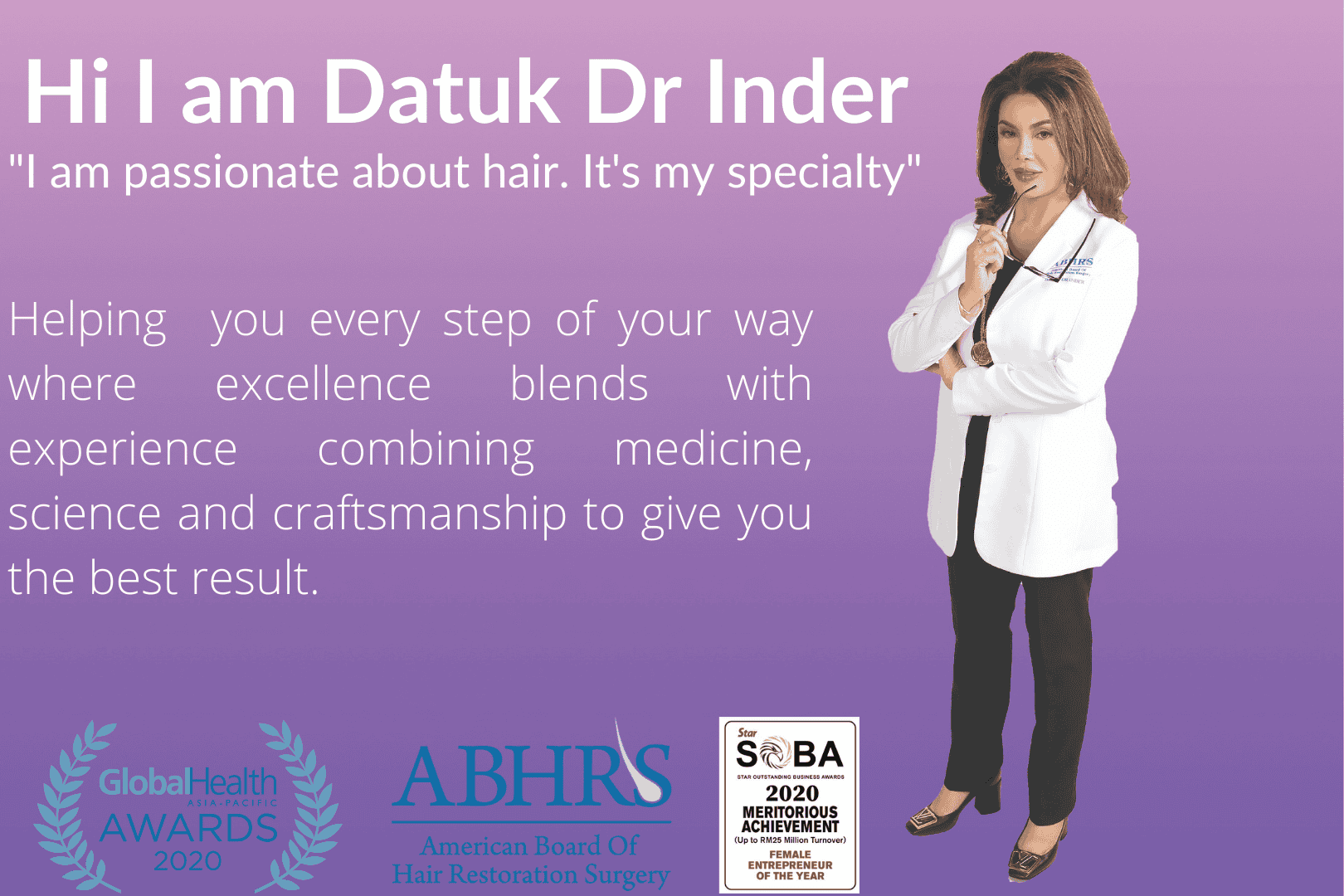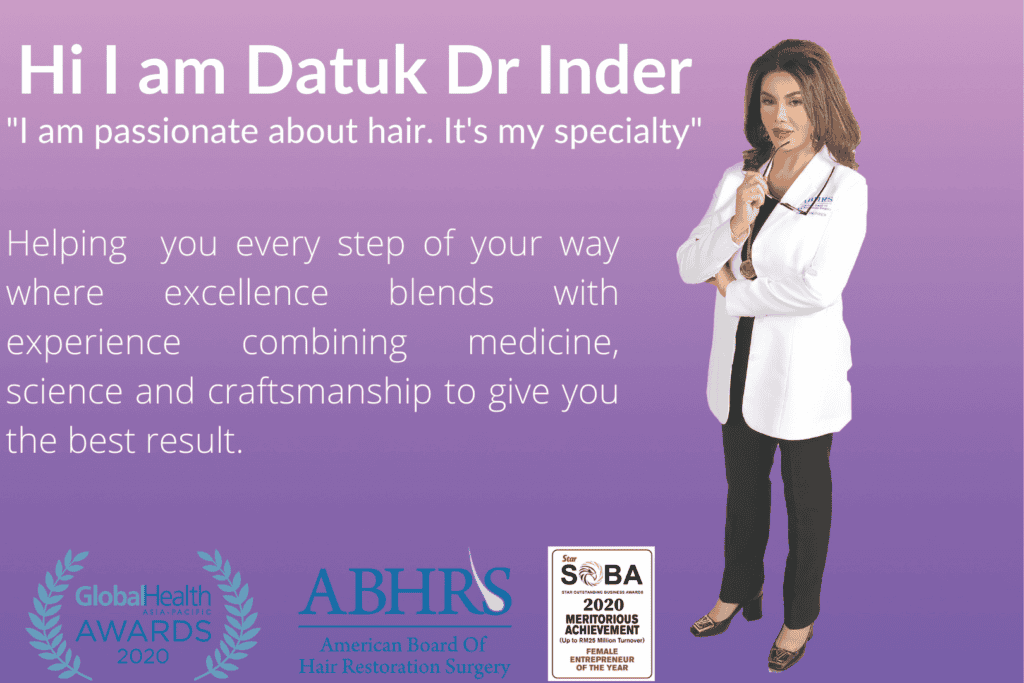
There are several potential causes of hair loss, whether total baldness or just a noticeable thinning. Hair loss can be a symptom of a more serious health issue that, if treated, will stop being a problem. A dermatologist can help you determine the cause of your hair loss and provide treatments to restore fullness and prevent further thinning. You should research the most prevalent hair loss reasons before scheduling an appointment.
Hair Loss: Hormonal Disruptions
Androgenetic alopecia, the most prevalent kind of hair loss, is caused by an excess of androgens, or male sex hormones, or a hormonal imbalance. Male and female pattern baldness are both affected by androgens.
Androgens can weaken hair follicles and increase hair loss in women with female-pattern baldness. Changes in oestrogen levels, such as those brought on by birth control or menopause, may amplify preexisting androgen sensitivity. In contrast, elevated levels of the androgen dihydrotestosterone (DHT) are linked to male pattern baldness. DHT may shorten the lifespan of hair because it attaches to hair follicles and prevents further hair development. This condition is also known as androgenic alopecia.
Many other diseases or disorders have been linked to this form of baldness. Conditions like PCOS and polycystic ovary syndrome (PCOS) are on that list.
Hair Loss: Thyroid Issues
Hair thinning can be caused by a variety of hormonal disorders. Thyroid hormones may have a role in some.
Hair loss can be the consequence of a hormonal imbalance, which can be brought on by either an underactive thyroid (a medical disease known as hypothyroidism) or an overactive thyroid (hyperthyroidism). Hair thinning may be a symptom of autoimmune thyroid illnesses such Hashimoto’s thyroiditis and Graves’ disease.
Thyroid hormones have a role in the regulation of virtually every bodily process, including hair growth. Hair loss can be stopped and new hair growth can begin with the appropriate treatment for either of these thyroid problems.
Hair Loss in Pregnancy
Hair loss can be caused by other hormonal imbalances as well, most notably the rapid changes in hormone levels that occur after giving birth. Forty to fifty percent of new mothers will have hair loss after giving birth. Increased oestrogen levels during pregnancy might temporarily disrupt normal hair growth patterns. There should be less hair loss than usual while you’re going through this.
You can experience greater hair loss than usual when your oestrogen levels return to normal after pregnancy. Hair loss and even bald spots are typical complaints from new mothers. Symptoms of postpartum hair loss often begin between the first and sixth months after giving birth and can linger for up to a year.
Excessive shedding can extend anywhere from 6 months to 15 months after giving birth since not all hair follicles in the resting state during pregnancy will enter the shedding phase at the same time. She adds that the hairline and women with long hair are particularly vulnerable to postpartum hair loss.
Your hair follicles will begin to recuperate with the rest of your body. Your hair will grow back after this temporary thinning. Although it is impossible to completely avoid hair loss after giving birth, the effects can be lessened by treating your hair gently and taking your prenatal vitamins regularly.


